Not all shrimp are the same. Some are sweet, some are firm, and some cook faster than others. White, brown, and pink shrimp each have their own quirks and strengths.
Understanding what makes them different helps you pick the right one for your next recipe.
1. Shell Color And Appearance
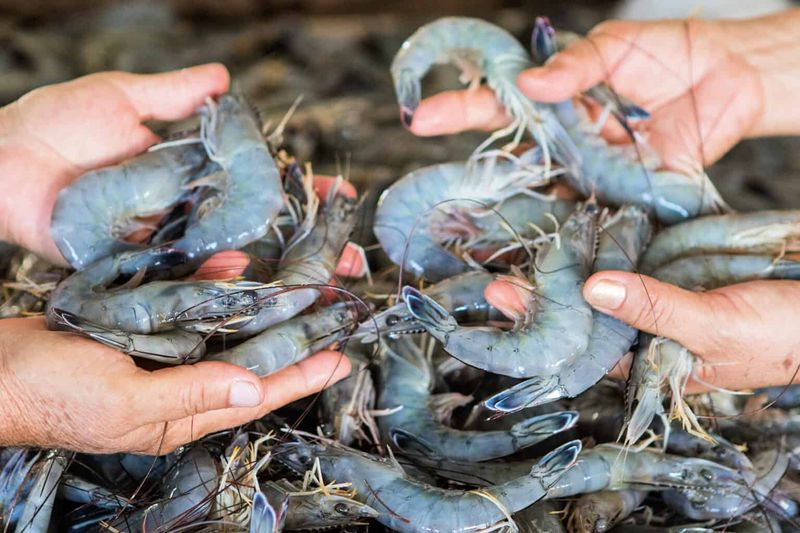
White shrimp tend to have a grayish-white shell, while pink shrimp look rosy even before cooking. Brown shrimp are darker and sometimes tinged with purple.
Color can be a clue to freshness and species. It also helps seafood lovers recognize what they’re buying at the market.
2. Flavor Profile
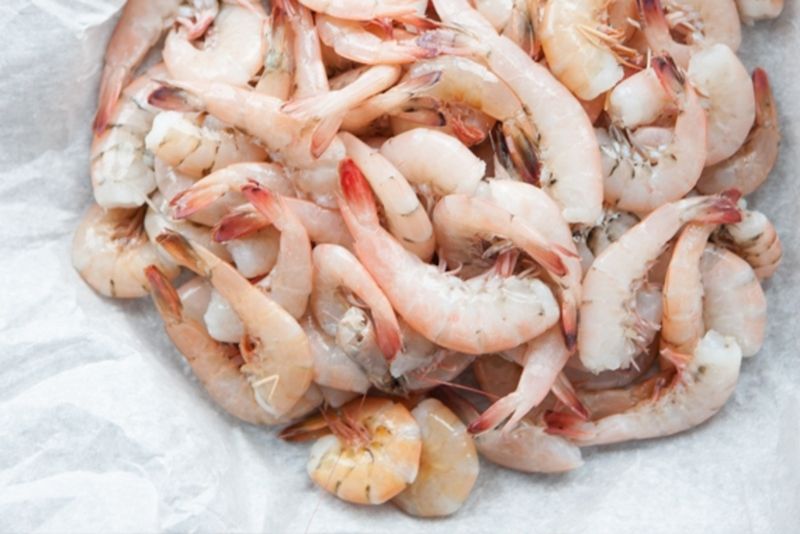
Brown shrimp are known for their bold, briny flavor, while white shrimp taste milder and slightly sweet. Pink shrimp fall somewhere in between.
Stronger flavors hold up better in spicy or savory dishes. Mild shrimp pair well with light sauces and delicate herbs.
3. Texture When Cooked
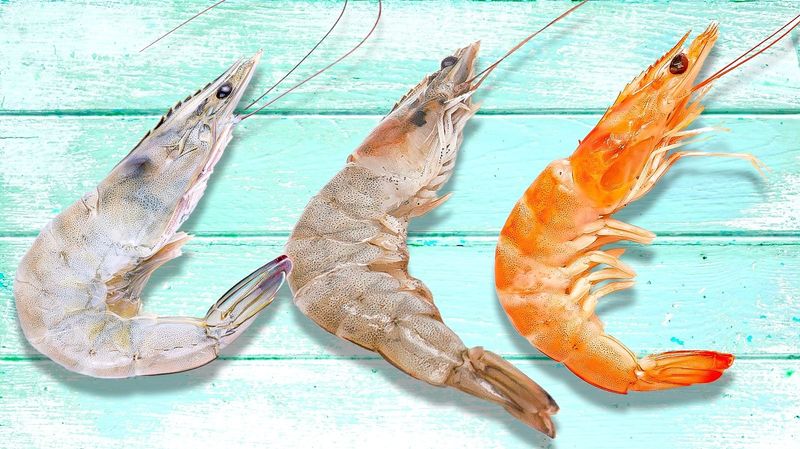
White shrimp turn firm and slightly crisp, brown shrimp become denser, and pink shrimp stay tender and soft.
If you want bounce in a stir-fry, go white. For something silky in a soup or salad, pink shrimp work beautifully.
4. Size Range
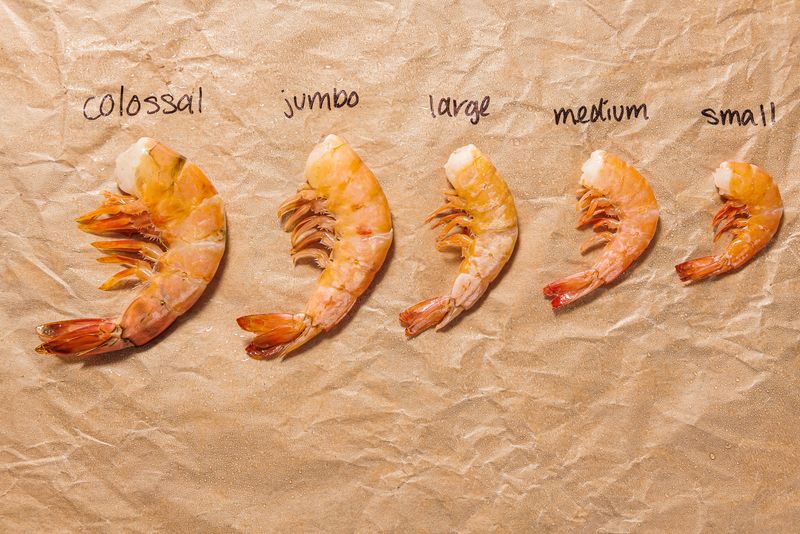
White shrimp often grow larger than pink or brown shrimp. Brown shrimp tend to be smaller with a more uniform size.
Bigger shrimp are ideal for grilling or skewers. Smaller ones are great for gumbo, pasta, or stuffing.
5. Preferred Habitat
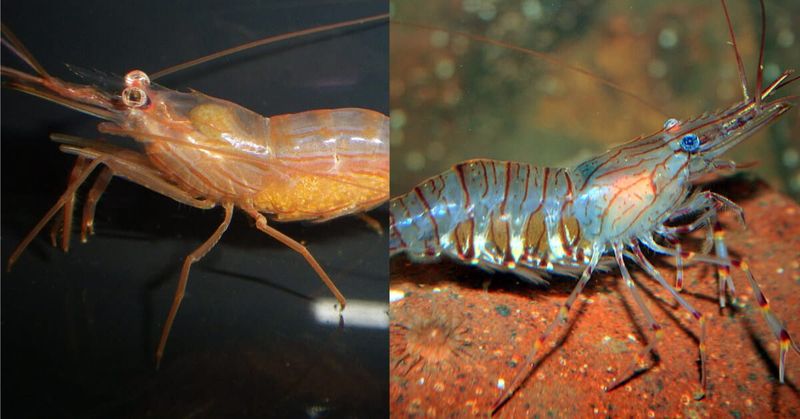
Brown shrimp thrive in muddy, estuarine waters. White shrimp favor sandy bottoms, and pink shrimp live deeper in colder seas.
These habitats affect taste and texture. Muddy environments boost that bold flavor found in brown shrimp especially.
6. Water Temperature Preferences

White shrimp prefer warm waters, brown shrimp like slightly cooler zones, and pink shrimp thrive in the coldest regions.
Water temperature influences harvest seasons. That’s why certain shrimp peak in summer while others dominate winter markets.
7. Availability By Season
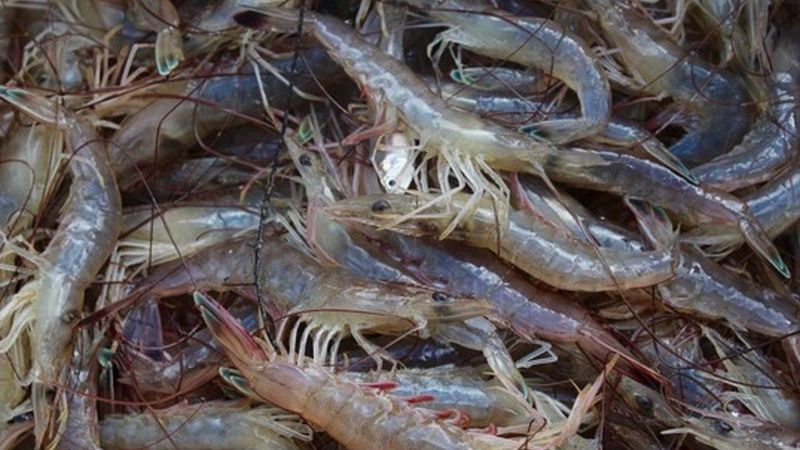
White shrimp are most abundant in late summer, brown shrimp peak mid-summer, and pink shrimp are caught mainly in colder months.
Knowing this helps you shop smarter and fresher. Seasonal shrimp are often cheaper and taste better.
8. Harvesting Methods
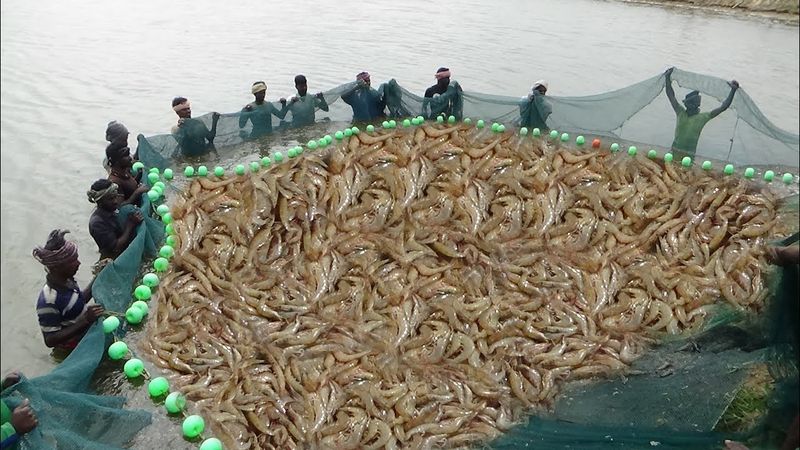
Most brown and white shrimp are wild-caught using trawlers, while pink shrimp are often caught in deeper ocean waters.
Fishing method impacts sustainability and price. Some regions also have strict guidelines to protect certain shrimp habitats.
9. Wild-Caught Vs. Farmed Options
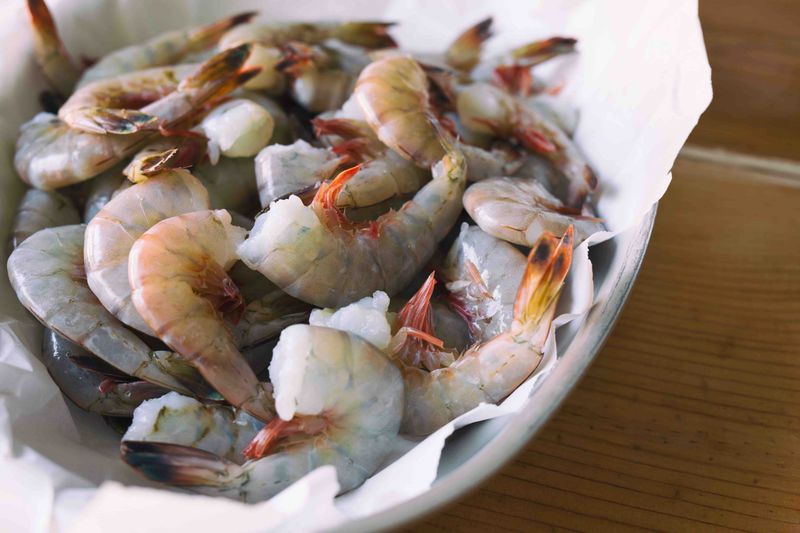
White shrimp are the most common farmed type, while brown and pink shrimp are mostly wild-caught.
Farmed shrimp offer consistency and lower cost. Wild-caught varieties often have richer, more complex flavor profiles.
10. Regional Popularity
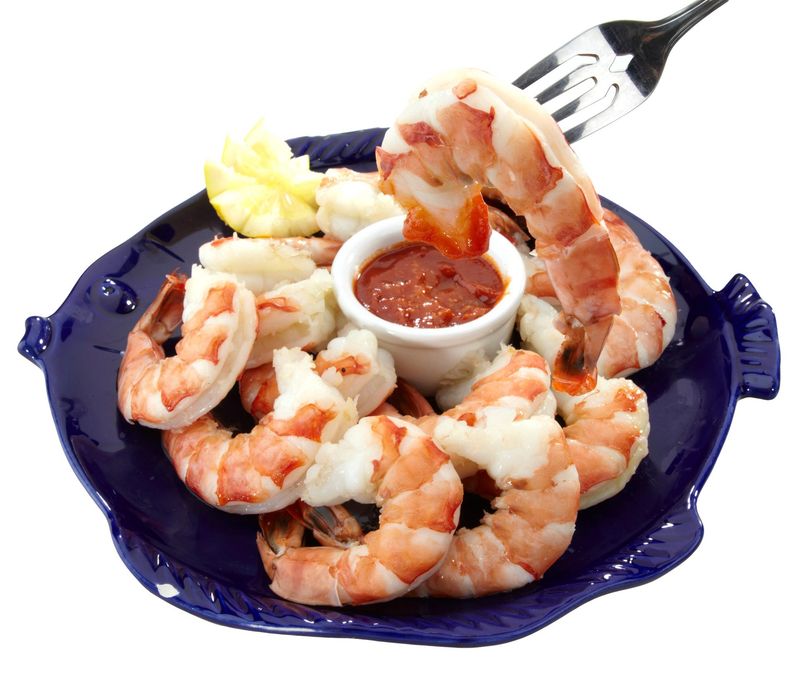
Brown shrimp are beloved in the Gulf Coast, pink shrimp are a staple in cold-water regions like the North Atlantic, and white shrimp dominate markets nationwide.
Local traditions shape how these shrimp are cooked. Cajun recipes, for example, often call for robust brown shrimp.
11. How They React To Cooking
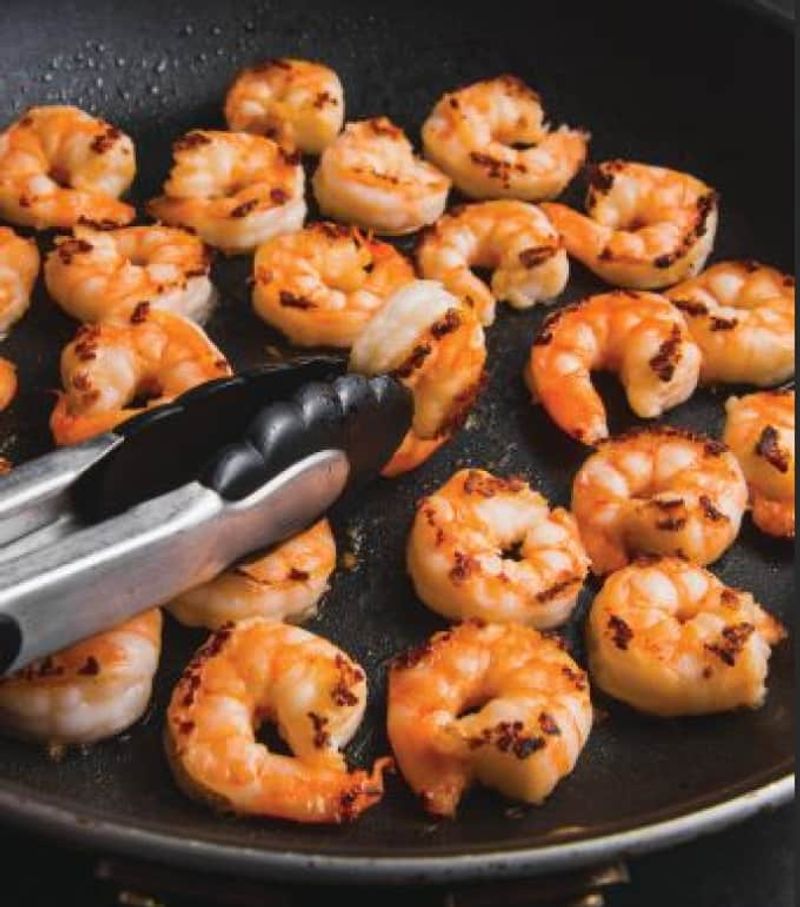
White shrimp stay plump when grilled, brown shrimp tighten up quickly, and pink shrimp can overcook fast if not watched.
This matters when timing a dish. Overcooked shrimp turn rubbery, so knowing your type saves texture.
12. Typical Uses In Recipes
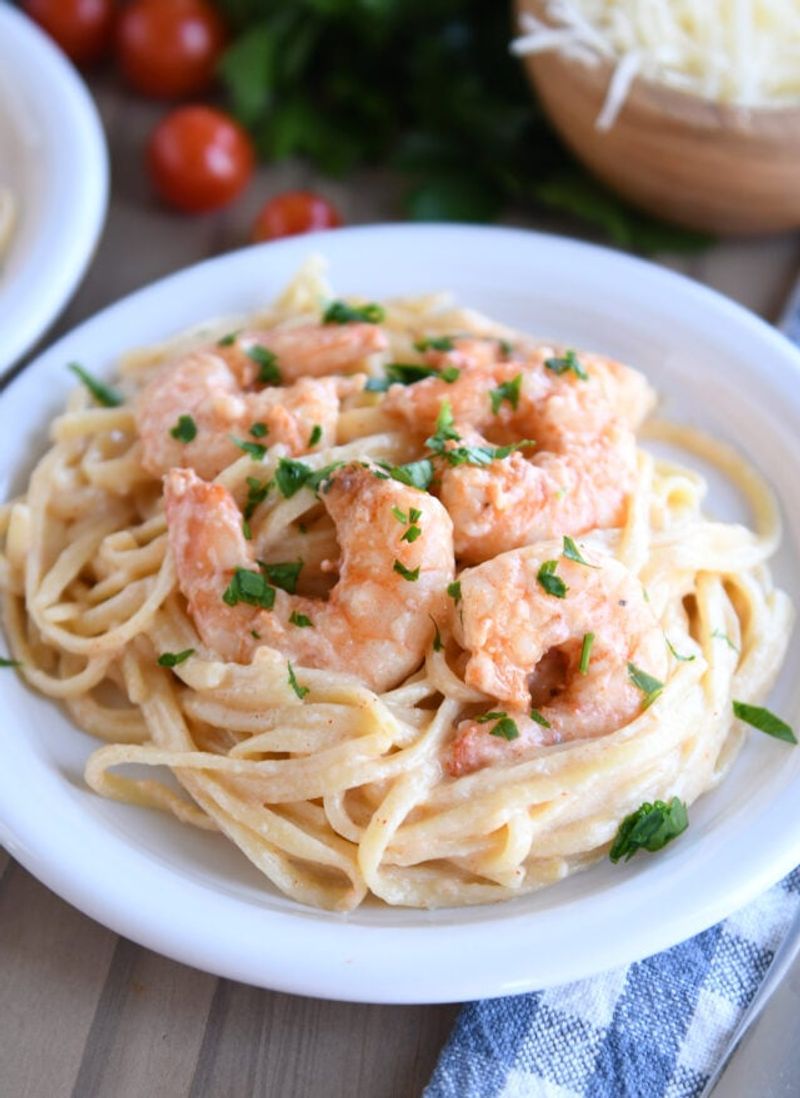
Pink shrimp are popular in ceviche and salads, brown shrimp go into bold dishes like gumbo, and white shrimp suit grilling and pasta.
Choosing the right shrimp elevates the dish. Their natural qualities match different flavors and techniques.
13. Shell Thickness
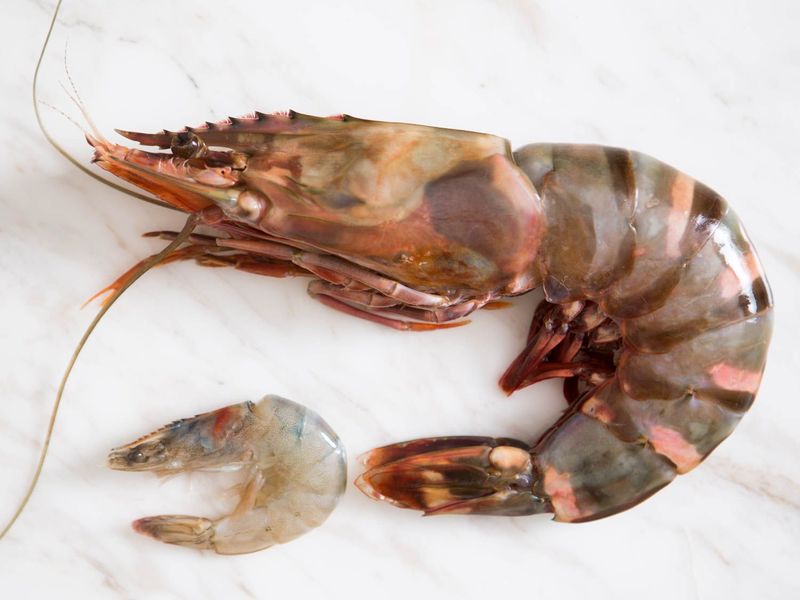
Brown shrimp have tougher shells, white shrimp are moderate, and pink shrimp have thin, fragile shells.
This affects peeling and cooking time. Thick shells hold in flavor but need longer cooking or marinating.
14. Cooking Time
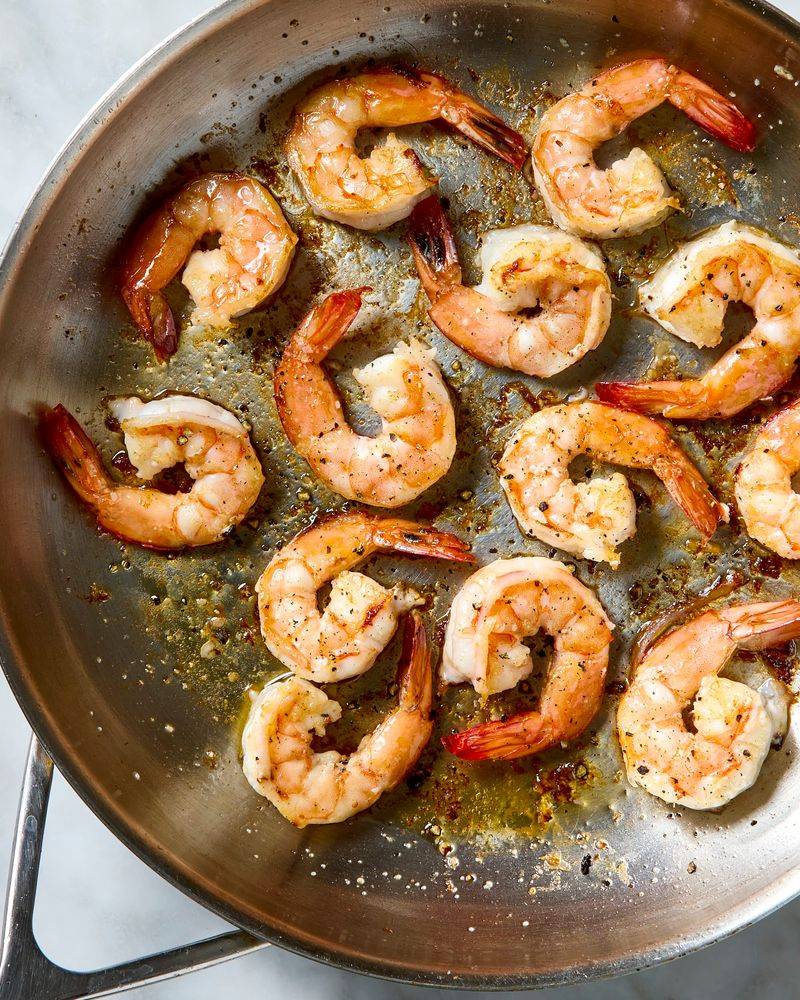
Pink shrimp cook the fastest, followed by white, then brown shrimp. Their size and shell thickness make the difference.
Timing is key—especially for quick sautés or broiling. Overcooking even by a minute can ruin the texture.
15. Nutrient Differences
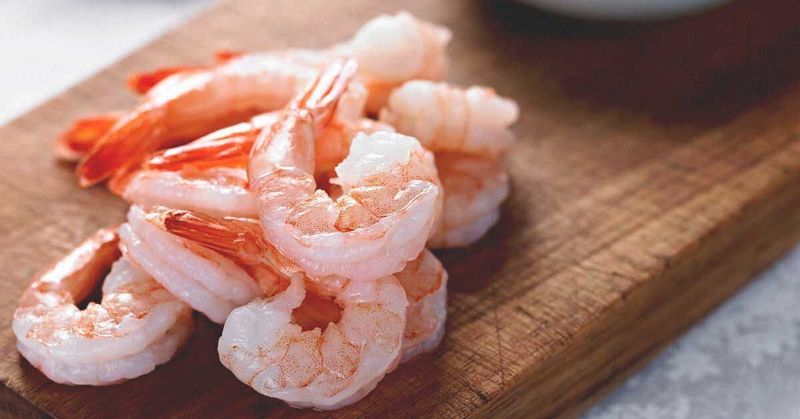
All shrimp are protein-rich, but brown shrimp contain more iodine and minerals due to their habitat.
These subtle nutritional shifts may appeal to specific diets. Either way, shrimp remain a lean and healthy choice.

